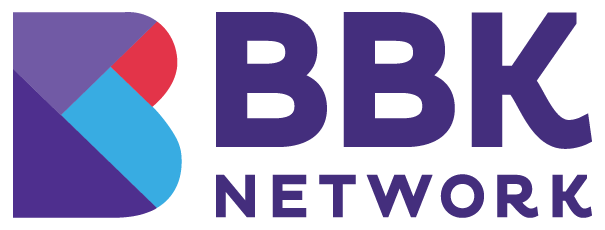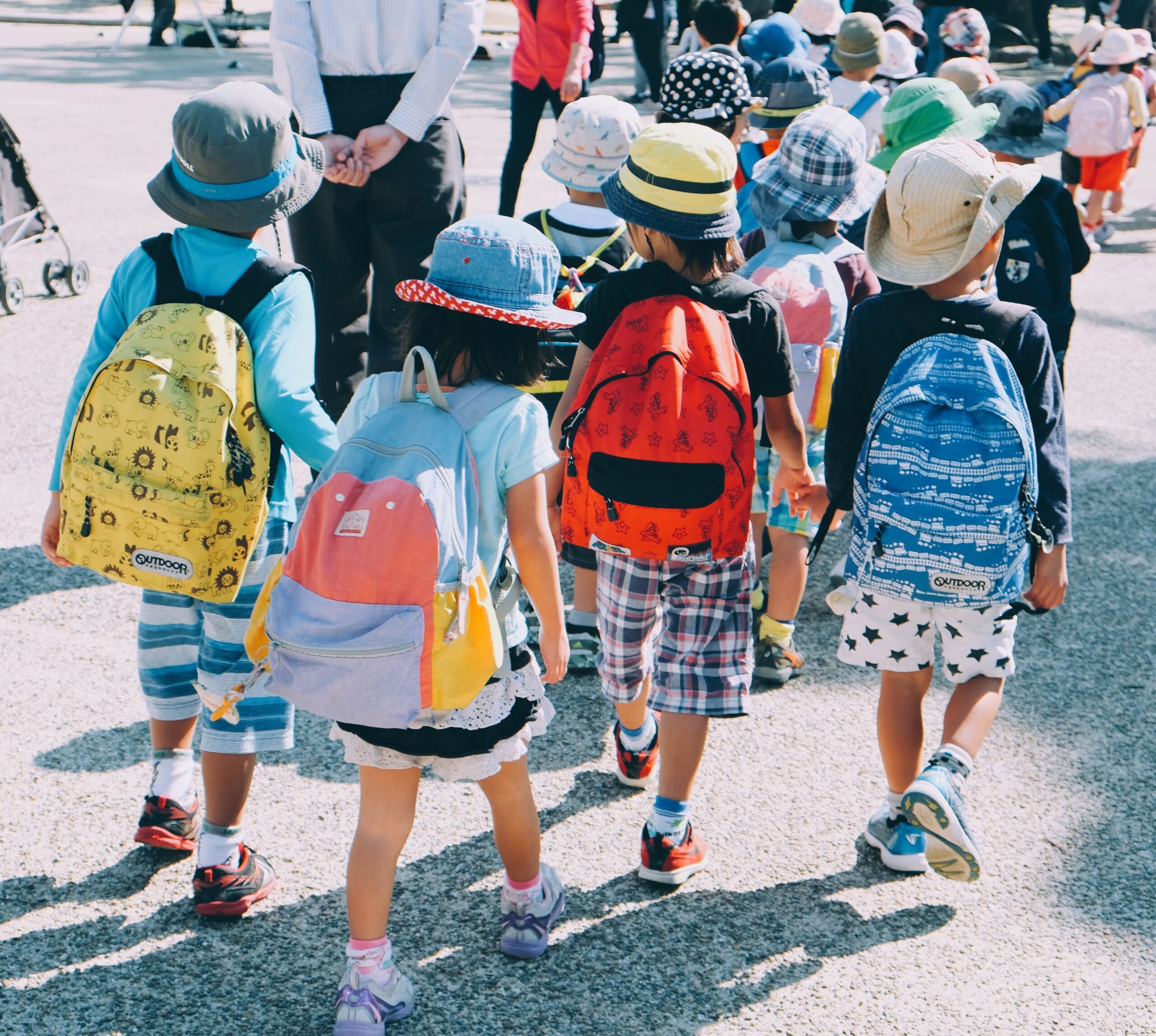Today, more than ever, parents are presented with a multitude of schooling options for their children. As technology advances and threats emerge, be they physical (i.e. viruses or violence) or psychological (i.e. bullying, cliques), the desire to tailor our kids’ learning experience persists.
Whether you’re looking for conservative or progressive, traditional or modern, this article summarizes the six schooling options available for kids today.
Public
Public schooling is the common option; the method many of us were introduced to by our parents when we were young. It continues to be the most popular form of kids’ schooling in Canada (91.8% in 2018/2019).
Kids who learn via this method are exposed to a diverse set of subjects, different instructors, and a wide breadth of culture and diversity amongst peers.
Pros:
- Cost-effective; paid for by Canadian tax dollars
- Student exposure to various walks of life through increased diversity and a wider pool of peers
- Entrance is often based on geographical proximity; advantageous for socializing after school
- Some special programming, such as International Baccalaureate (IB) or Advanced Placement (AP) exists
Cons:
- Large class sizes; less individual attention per child
- Decreased supervision due to class size; potentially leaving room for bullying or isolation
- Bureaucracy within the public school system; decreased innovation in curriculum development
Private
Private schooling is a small, yet growing educational system in Canada, as opposed to public schooling which has seen a decrease in enrollment year over year. Although only 7.5% of the population of kids attended private schools in 2018/2019 in Canada, the private sector continues to gain popularity.
Studies have shown that students typically score 8-9% higher on tests in private schools, and achieve increased educational fulfillment by the time they’re young adults. But are they worth the money, the stressful application processes, and the restricted opportunities for socializing?
Pros:
- Smaller class size; increased individual attention from teachers
- Multi-path; Advanced Placement (AP); International Baccalaureate (IB); coed and single-gender options; special needs; faith-based (Catholic, Muslim, etc.)
- Non-government (tax-payer) sanctioned curriculums; more room for innovation in curriculum development
- Meets or exceeds provincial education standards; statistically better academic outcome for students
Cons:
- Costly; not practical or affordable for all families
- Application process can be selective, stressful, and potentially exclusive in some cases
- Decreased diversity in social interactions
In-Person
In-person learning, be it a public or private institution, remains top-choice for Canadian families. You know the drill; Mom or Dad packs the lunch, the kids hop on the school bus or catch a ride to school, they greet their friends in the playground, the bell rings, and they head inside for a full-day packed with learning. Kids are taught in-person by a variety of teachers, across a number of different disciplines, surrounded by their fellow students.
While the traditional education system has proven to be effective, it has its limitations; ever-changing classroom technologies and tools, lack of on-demand learning, physical health and safety concerns, and bureaucracy, to name a few.
Pros:
- Easily supervised and motivated
- Ability to effectively read the body language of students, see their work and creations, and interact with tangible tools and technology
- Less screen time; kids don’t have to be on camera all day
- Higher completion rate of assignments
- No requirement for parental supervision or direction
Cons:
- Higher risk of accidents or contracted sickness (i.e. flu)
- Building infrastructure costs to taxpayers
- Limited selection of programming; restricted by geographic locations and time-zones
Remote
Remote learning certainly had its moment to shine this past year thanks to the Covid-19 pandemic, and it’ll likely continue to be a strong contender once the situation passes. We are very lucky that computers and The Internet have proved powerful enough in 2020 to allow displaced schools and universities to move their programming online.
While remote learning was (and continues to be) a lifeline during the pandemic, it offers benefits beyond physical distancing. But is it for everyone?

Pros:
- Open to a wide selection of kids and young adults (i.e. rural communities, special needs, different time-zones, etc.)
- Beneficial and cost-effective for international students
- Easier to implement new and emerging technologies
- Safer for public health (i.e. viruses, accidents, or altercations)
Cons:
- Less tried and true than traditional classrooms; in an infancy period of adoption
- Requires access to technology and a stable internet connection; the digital divide can be a roadblock
- Easier for kids to be distracted online and at home
Homeschooling
Many parents value the traditional learning structure that our in-person public and private schools offer. However, some may favour being in the driver’s seat, metaphorically speaking, and have unique reasons to consider teaching their kid(s) from home; for example, greater accessibility for special needs students or an inconvenient geographical location, among many other reasons.
Homeschooling was introduced in the 70s and has been growing in popularity ever-since, with notable success. Studies have shown that homeschooled children score 15 to 30 percentile points above public school students. That being said, it takes a lot of hard work and dedication, not just from the student but from parents as well. Parents who homeschool their kids take on an entirely new role and full-time job.
Pros:
- Parents can have a more direct role in the student’s learning path; align teaching material with your values
- Retains traditional teaching styles and structure
- Likely easier entrance to post-secondary and/or specialized programs
- No bullying or feeling left-out amongst peers
Cons:
- Requirement for parents to champion a multitude of subjects
- The student has less agency in what subjects and skills he/she will be learning
- May require additional equipment/resources when teaching from home
Unschooling
Unlike its homeschooling counterpart, unschooling is the controversial system of schooling whereby the parents’ direction (and the requirement to teach) takes a back seat. Kids are essentially masters of their own domain; they carve their own path, focusing on subject matter that inspires them.
There is no formal curriculum and there is no traditional learning structure. Kids are to think, learn, and act for themselves, honing in on their passions and creativity without the restrictions of a teacher-led classroom. Some proponents of unschooling feel that math can be learned by budgeting or paying attention to prices while shopping. Others feel that science can be learned in our own backyards or in nature, while the rest can be self-led by their child via books, peers, the community, or online resources. Believe it or not, this method can be very effective!
Pros:
- Provides an autonomous, self-guided learning path for the student
- Reduced ramp-up for parents to become a teachers of mixed subject matter, acting more-so as facilitators
- Greater potential for the learning to “stick” if based on the student’s personal interests
- More encouraging of learning beyond books, assignments, and the classroom (i.e. socializing with adults and real-world excursions)
Cons:
- Less structure, potentially resulting in decreased exposure to relevant subject matter
- A social stigma that could lead to isolation or stress among peers
- Challenging for parents to meet provincial homeschool regulations
Though each system offers significant opportunities for learning, growth, and excellence, what might work for one student, or family, may not suit the next. Cost concerns, academic performance, parental commitment, availability of programming, and even social stigma all play a part in choosing what’s best for you and your family.
Despite the differing methodologies denoted throughout this article, the most important takeaway is that the next generation should be taught by great teachers (even if self-led) in a supportive environment conducive to learning. Great teaching and access to knowledge, be it online, parental, in-person, etc., has the power to transcend the differences and limitations that are experienced in our society.
Talk to your kids. Ask questions. Listen to their answers. If your child is enthusiastic about a subject or field, if they want to learn, experience new things, or develop skills for the real world, chances are the path you chose is a good fit. And if not, much like how we change jobs as adults, do not hesitate to change the schooling methodology for your kid. Learning will never be one size fits all, but it’s not necessarily one size fits one either.
Author: Steve Gagnon






